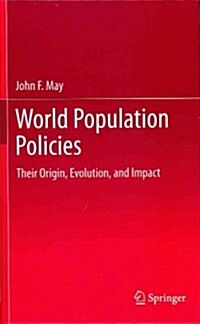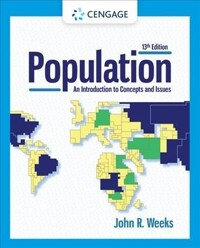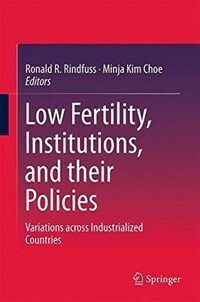
World population policies: their origin, evolution, and impact
- 개인저자
- John F. May
- 발행사항
- Dordrecht ; London : Springer, 2012
- 형태사항
- xxvii, 339 p. : ill., maps ; 25 cm
- ISBN
- 9789400728363
- 청구기호
- 322.92 M466w
- 서지주기
- Includes bibliographical references and index
소장정보
| 위치 | 등록번호 | 청구기호 / 출력 | 상태 | 반납예정일 |
|---|---|---|---|---|
이용 가능 (1) | ||||
| 1자료실 | 00018082 | 대출가능 | - | |
- 등록번호
- 00018082
- 상태/반납예정일
- 대출가능
- -
- 위치/청구기호(출력)
- 1자료실
책 소개
This book examines the history behind the formulation, implementation, and evaluation of population policies in the more developed, the less developed, and the least developed countries from 1950 until today, as well as their future prospects.? It links population policies with the theories of the demographic, epidemiological, and migratory transitions.? It begins by summarizing the demographic situation around the world, with an emphasis on population policies and their underlying theories.? Then, it reviews the early efforts to reduce mortality and fertility in the developing countries.? This is followed by a description of the internationalization of the debate on population issues and the transformation of these programs into more formal population policies, particularly in the developing countries.? The book reviews also the situation of the developed countries and their specific challenges ? sub-replacement fertility, population aging, and immigration ? and examines the effectiveness of population policies.? It also explores the way forward and future prospects for population policies over the next decades.? The book provides numerous concrete examples from all over the world, and show how population policies are actually implemented and what have been their successes as well as their constraints.? Above all, the book highlights the importance of understanding underlying demographic trends when assessing the development prospects of any country.
The book is recommended for not only demographers, social scientists, and policymakers but also economists and political scientists who are interested in social and demographic change around the world.? Demography students and researchers who are interested in applying knowledge on population trends and prospects in designing and evaluating public policies will find this an invaluable reference work.
This book examines the history behind the formulation, implementation, and evaluation of population policies from 1950 to today. Examines more developed, less developed, and the least developed countries at present as well as assessing their future prospects.
New feature
sThis book examines the history behind the formulation, implementation, and evaluation of population policies in the more developed, the less developed, and the least developed countries from 1950 until today, as well as their future prospects.? It links population policies with the theories of the demographic, epidemiological, and migratory transitions.? It begins by summarizing the demographic situation around the world, with an emphasis on population policies and their underlying theories.? Then, it reviews the early efforts to reduce mortality and fertility in the developing countries.? This is followed by a description of the internationalization of the debate on population issues and the transformation of these programs into more formal population policies, particularly in the developing countries.? The book reviews also the situation of the developed countries and their specific challenges ? sub-replacement fertility, population aging, and immigration ? and examines the effectiveness of population policies.? It also explores the way forward and future prospects for population policies over the next decades.? The book provides numerous concrete examples from all over the world, and shows how population policies are actually implemented and what have been their successes as well as their constraints.? Above all, the book highlights the importance of understanding underlying demographic trends when assessing the development prospects of any country.
The book is recommended for not only demographers, social scientists, and policymakers but also economists and political scientists who are interested in social and demographic change around the world.? Demography students and researchers who are interested in applying knowledge on population trends and prospects in designing and evaluating public policies will find this an invaluable reference work.
?
목차
General Introduction.- Chapter 1: World Population Trends and Issues.- Chapter 2: Population Policies Framework.- Chapter 3: First Public Health and Population Program.- Chapter 4: Internationalization of Population Issues.- Chapter 5: Population Policies in Developing Countries.- Chapter 6: Population Policies in Developed Countries.- Chapter 7: Effectiveness of Population Policies.- Chapter 8: Future Prospects for Population Policies.- General Conclusion.- Glossary.- References.- Index.



